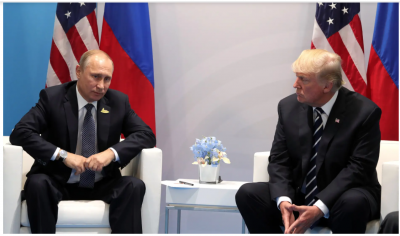Joe Biden and the New Strategic Arms Reduction Treaty: A Timeline of Inaction and Disingenuous Proposals

Upon entering office on January 20, 2021, President-elect Joe Biden will have 16 days before the last remaining treaty limiting US and Russian nuclear arsenals, the 2010 New Strategic Arms Reduction Treaty (New START), expires.
The treaty limits the two countries’ strategic nuclear arsenals to no more than 1,550 deployed warheads and 700 deployed missiles and heavy bombers each. The two countries met these limitations by the implementation deadline in 2018.
If the treaty expires on February 5, it will be the first time since 1972 that the United States and Russia would have no negotiated constraints on their strategic nuclear arsenals.
Fortunately, New START allows for an extension of up to five years so long as the US and Russian presidents both agree to it.
While Russia initially proposed a five-year extension with no preconditions in December 2019, the two countries exchanged dueling proposals in October 2020, pairing a one-year extension with a one-year freeze on all nuclear warheads. No deal ultimately came to fruition as Moscow rejected the additional US condition that the freeze be subject to verification measures.
Since the US presidential election, Russia has said that it would still be willing to extend New START by five years without any preconditions.
President-elect Biden has repeatedly expressed his support for an extension of New START. But there is uncertainty about how long of an extension he might pursue. His nominee for Secretary of State, Antony Blinken, suggested in November that a full five-year extension is on the table for the incoming administration, but more recent reports revealed debate among Biden’s advisors about whether to pursue a five-year extension or something shorter. There are also questions about what Biden might do with the warhead freeze concept that he stands to inherit from the Trump administration.
Below is a timeline that illustrates how the United States and Russia have landed here, chronicling each shift in both countries’ respective arms control negotiating positions. It demonstrates how the Trump administration largely delayed engagement with Russia on the future of New START for three and a half years and how, once it did engage, its actions raised questions about whether it genuinely wanted to secure an extension of the accord or was instead merely trying to run out the clock on the treaty.
The timeline helps paint a picture of the arms control situation the Biden administration will take charge of in January.
Click here to view timeline.

